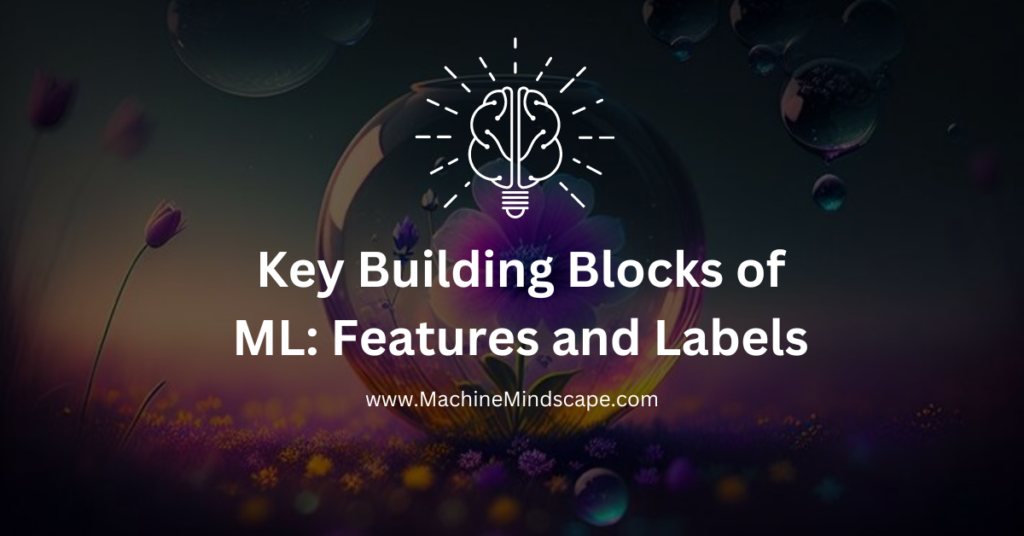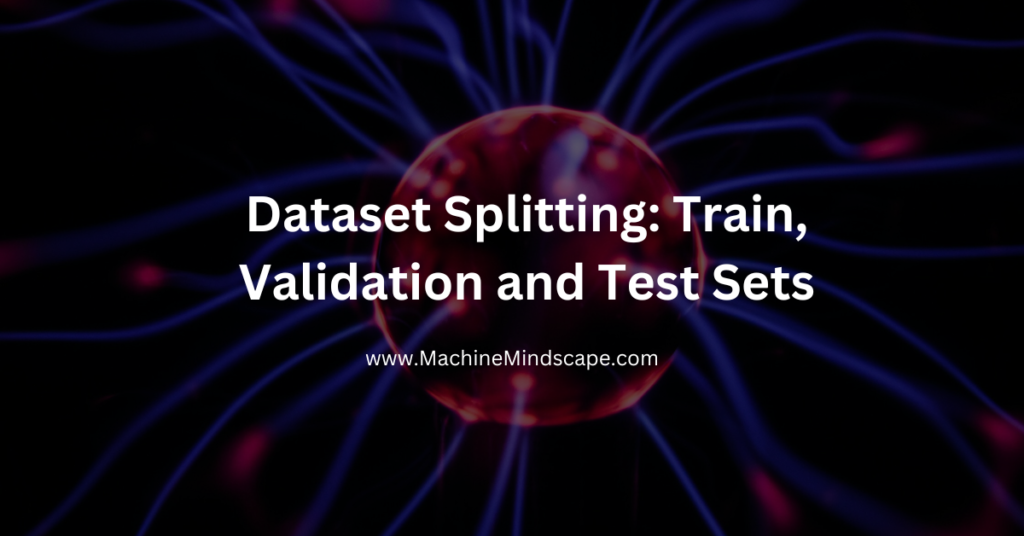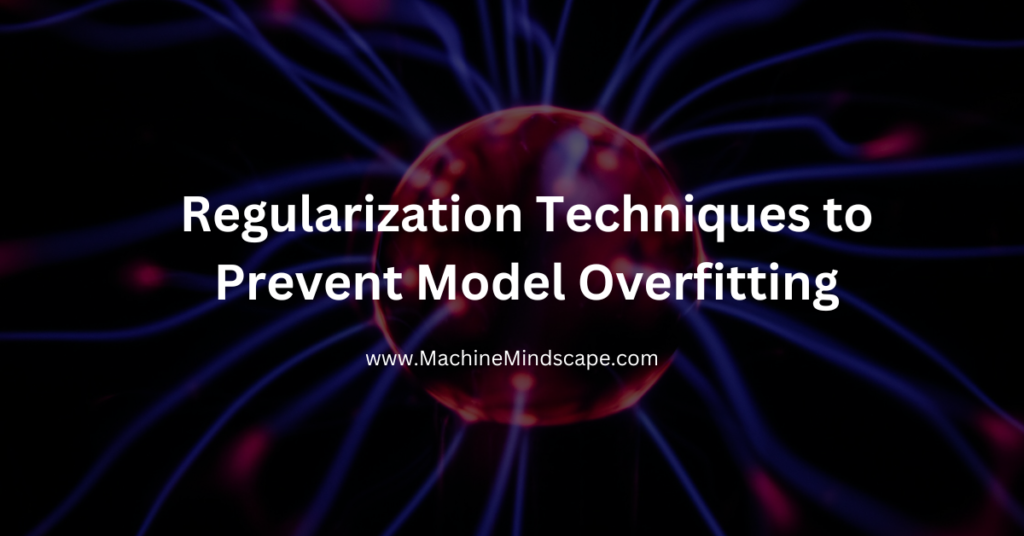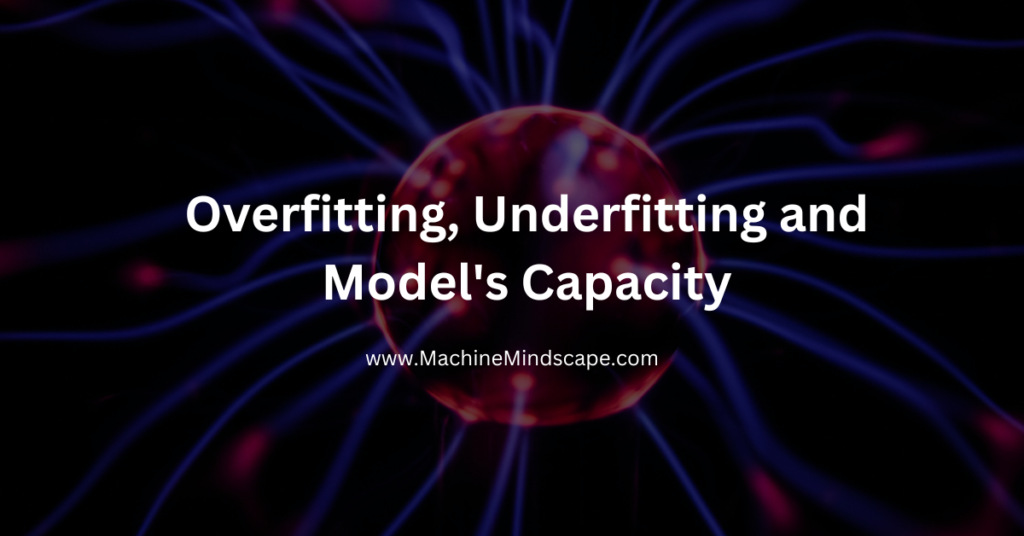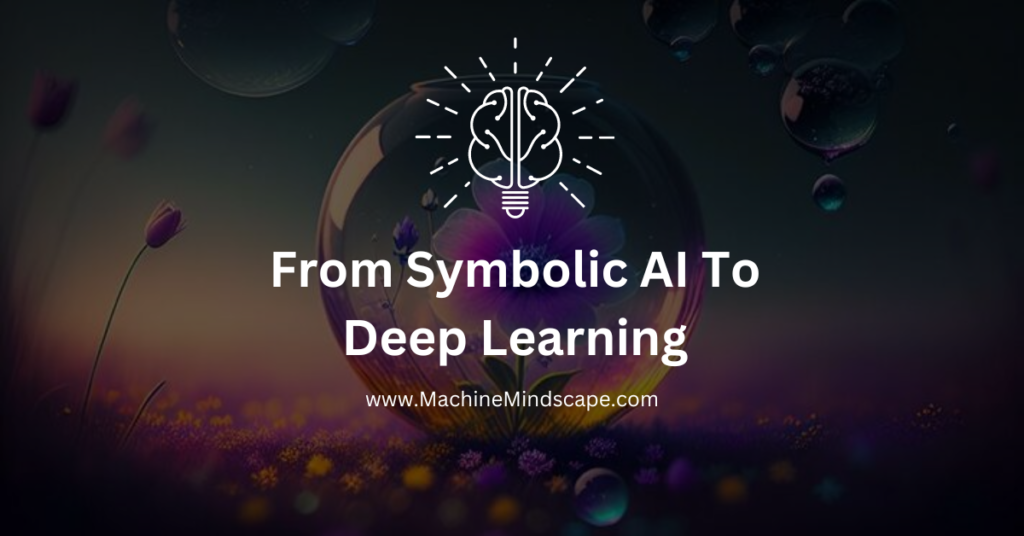Key Building Blocks of Machine Learning – Features and Labels
Two fundamental building blocks of machine learning are features (input) and labels (output). This article explains what features and labels are, their different types, and how they are applied in various machine learning models.
Key Building Blocks of Machine Learning – Features and Labels Read More »

